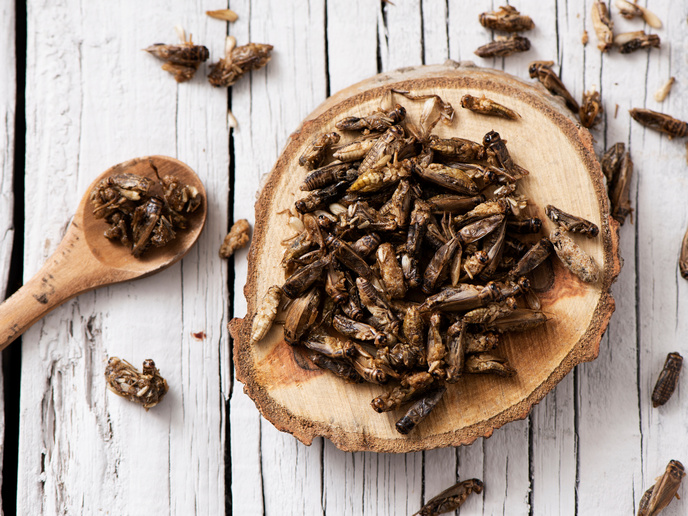On artificial microswimmers – singly and collectively
In biological systems, simple individual units commonly form complex structures via dynamic assembly and collective behaviour. Bacteria and biofilm formation or the pairing of DNA strands are classic examples. Under the S.O.F.T. (Swimmers: one, few, thousands) initiative, researchers produced biomimetic artificial microswimmers. These included artificial flagella that are activated by external magnetic fields, chemical reactions or ejection of nanobubbles. Researchers comprehensively studied an artificial microswimmer comprising self-propelled liquid droplets that are driven by the Marangoni effect based on surface tension gradients. They developed a flexible numerical model that can be adapted to any kind of microswimmer using the level set method for understanding propulsion mechanics. S.O.F.T. scientists derived the velocity field inside and outside individual droplets for different droplet sizes as well as surfactant concentration. Of interest is the reproduction of typical chemotactic behaviour often seen in artificial and biological microswimmers such as bacteria. The team focused on Shewanella oneidensis bacteria, well known for their untapped potential for clean energy production including biofuel, microbattery and hydrogen gas manufacture. A major factor hindering their use is that the bacterial biofilm formation time involves a period of several days. To find a way to reduce their chemotactic band formation time, the researchers studied the impact of air bubble proximity onShewanella. They developed a numerical model and tracked the concentration fields of Shewanella with respect to time for different bubble sizes and initial bacterial concentrations. The model results matched experimental outcomes and they were able to perform a parametric study and introduce an acoustically driven pressure to the bubble. This impressively reduced chemotactic band formation time to only a few minutes. S.O.F.T. study outcomes have vast applications in advanced microrobotic technologies, biofuel production, cargo transport and controlled drug delivery as well as medical diagnostics.







